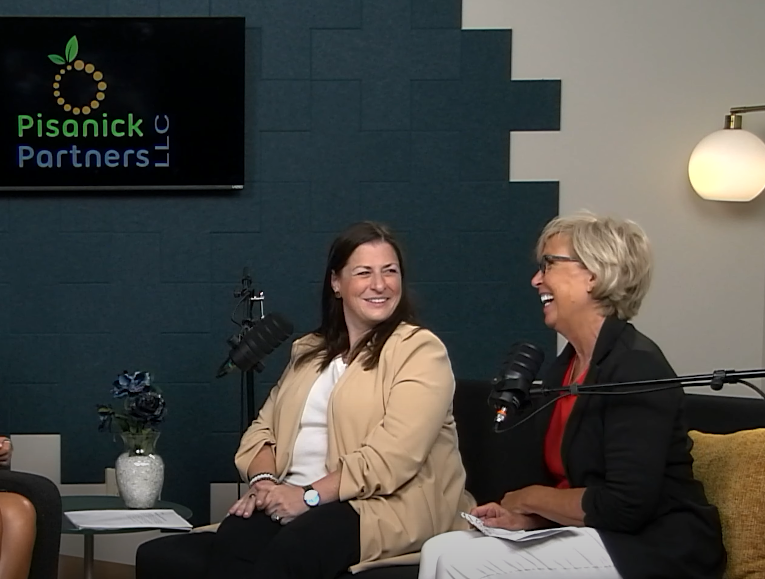Clean Label, Clear Communication: How Collaboration is Transforming School Nutrition
- David Pisanick
- Aug 25
- 2 min read
Updated: Sep 5
In today’s school nutrition landscape, the push for clean label transparency and Buy American compliance is more than just a trend—it’s becoming an essential part of serving students wholesome, trustworthy meals. Recently on the podcast, Maureen Pisanick sat down with Elena Buist, Product Transparency Lead at Gordon Food Service (GFS), and Chip Gregory, longtime GFS team member and tech trainer, to talk about how schools can meet these expectations while keeping operations efficient and sustainable.

The Rise of Clean Label in Schools
For years, nutrition conversations focused on calories, fat, sodium, and other nutrient data. Today, that discussion has expanded to where food comes from, how it’s produced, and what’s in it—down to dyes and additives. Parents are asking more questions than ever, and federal regulations like Buy American have made sourcing transparency critical.
Elena explains, “It’s not just about what’s in the food now—it’s the story behind it.” This shift has put pressure on food service directors to become supply chain detectives, balancing compliance, parent expectations, and menu appeal.
Why Collaboration Matters
No single group—schools, distributors, or manufacturers—can manage these demands alone. True success comes from collaboration, whether it’s sharing menu plans early with sales reps or working with suppliers to find the right substitutions.
Elena’s advice for schools getting started:
Start small. Don’t overhaul the whole menu at once—pick high-impact items like chicken nuggets, ranch dressing, or a slushy and find a cleaner alternative.
Communicate goals early. Let your distributor know why you’re making changes so they can plan inventory and support your roll-out.
Be proactive. Provide menus ahead of time and share projected case needs.
Technology Tools for Menu Transparency
Chip highlighted how GFS’ ordering platform helps schools filter products by attributes like Buy American, kosher, or brand—making it easier to find compliant items in a catalog of over 150,000 products.
His top tech tips:
Use live inventory data to check availability and replenishment dates before finalizing orders.
Incorporate small changes regularly rather than waiting for one big overhaul.
Take advantage of mini training videos—quick, under-5-minute tutorials that help staff learn new processes without getting overwhelmed.
Procurement and Communication Go Hand-in-Hand
Changing a menu for clean label items isn’t just a purchasing decision—it’s a communication strategy. Both Elena and Chip emphasized using distributor reps as strategic partners, not just order takers. Sharing your plans in advance prevents stock shortages and ensures a smoother transition.
Why This Matters
For Maureen, the conversation comes back to the mission:
“We can’t give good service unless we get good service. It takes a village to support schools in feeding wholesome meals that fuel healthy lives.”
By blending clear communication, smart tech use, and intentional menu changes, schools can meet the growing demand for transparency while keeping students happy and healthy.
✅ Key Takeaways:
Start clean label changes with high-impact items students love.
Collaborate early with your distributor to align goals and inventory.
Use ordering platforms’ filters and live inventory tools.
Keep staff training simple with bite-sized tech tips.
Make change a steady habit, not a one-time event.





Comments